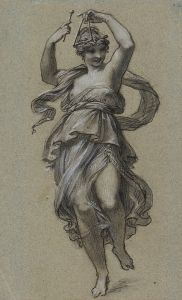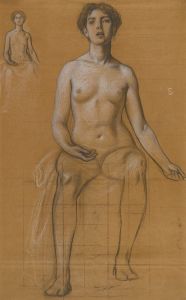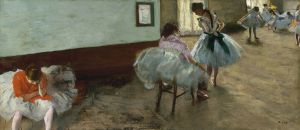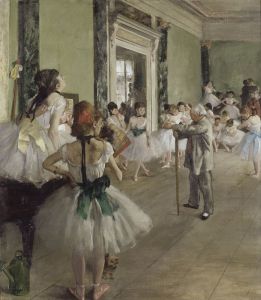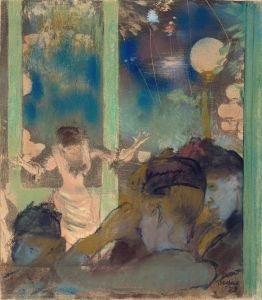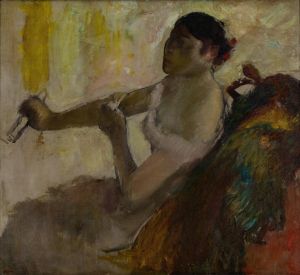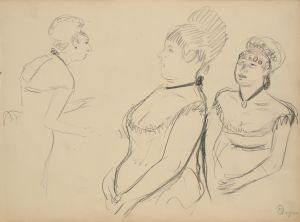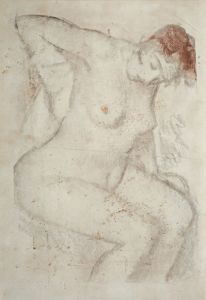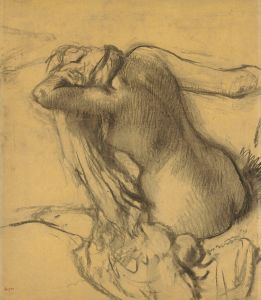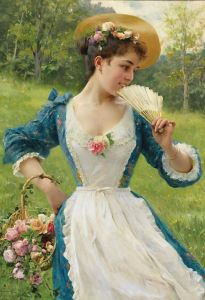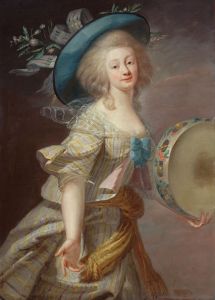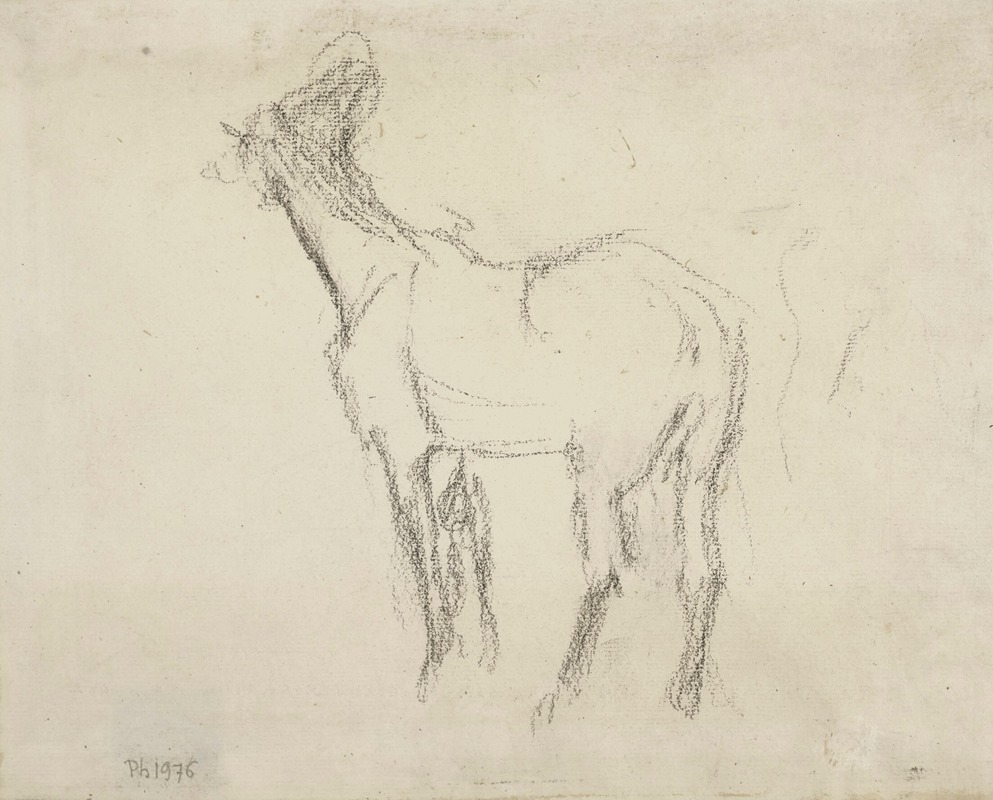
Cheval
A hand-painted replica of Edgar Degas’s masterpiece Cheval, meticulously crafted by professional artists to capture the true essence of the original. Each piece is created with museum-quality canvas and rare mineral pigments, carefully painted by experienced artists with delicate brushstrokes and rich, layered colors to perfectly recreate the texture of the original artwork. Unlike machine-printed reproductions, this hand-painted version brings the painting to life, infused with the artist’s emotions and skill in every stroke. Whether for personal collection or home decoration, it instantly elevates the artistic atmosphere of any space.
Edgar Degas, a prominent French artist associated with the Impressionist movement, is renowned for his works that capture movement and the human form. Among his diverse subjects, horses and equestrian scenes hold a notable place. One of his works in this genre is "Cheval" (Horse), which exemplifies his keen observation and skillful depiction of motion.
Degas was born in 1834 in Paris and developed an early interest in art, studying at the École des Beaux-Arts. Although he is often associated with Impressionism, Degas preferred to be called a realist. His work is characterized by its focus on movement, unusual perspectives, and the use of light and shadow to create depth and texture. While Degas is perhaps best known for his ballet dancers, his interest in horses and racing scenes was significant and reflected his fascination with capturing dynamic motion.
"Cheval" is one of several works by Degas that depict horses, a subject he explored through various media, including painting, drawing, and sculpture. His equestrian works often focus on the racetrack, a popular theme in late 19th-century France, reflecting the era's cultural and social interests. Degas was known for his frequent visits to the racetrack, where he would sketch horses in motion, later using these sketches as references for his studio work.
In "Cheval," Degas employs his characteristic style to capture the grace and power of the horse. The composition likely reflects his interest in Japanese prints, which influenced many Impressionists with their emphasis on asymmetrical compositions and flat areas of color. Degas's technique often involved layering pastels or oils to achieve a rich texture and depth, and his equestrian works are no exception.
Degas's depiction of horses is notable for its anatomical accuracy and dynamic portrayal of movement. He was meticulous in his study of horse anatomy, often visiting stables and observing horses in motion to ensure his representations were both realistic and expressive. This attention to detail is evident in "Cheval," where the musculature and posture of the horse convey a sense of vitality and energy.
The significance of Degas's equestrian works extends beyond their aesthetic appeal. They reflect the broader cultural context of 19th-century France, where horse racing was a popular pastime among the upper classes. By choosing this subject, Degas not only demonstrated his technical skill but also engaged with contemporary social themes, capturing the elegance and excitement of the racetrack.
In summary, "Cheval" by Edgar Degas is a testament to the artist's ability to capture movement and form with precision and artistry. Through his depiction of horses, Degas not only showcased his technical prowess but also contributed to the rich tapestry of Impressionist art, offering a glimpse into the cultural life of his time. His equestrian works remain celebrated for their dynamic compositions and insightful portrayal of one of nature's most majestic creatures.







